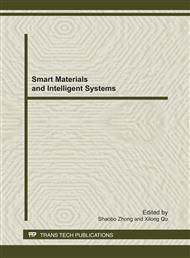p.393
p.398
p.402
p.407
p.412
p.418
p.424
p.430
p.436
The Application of Computer Design Tools in Building and HVAC System Design
Abstract:
Designers are being increasingly pressurised to design buildings with high standards of energy e1ciency, performance and comfort. Computers are seen as an important modern design tool that can help lighten some of the designers' burdens. A myriad of computer applications already exists, ranging from complex 4nite-element applications to simple electronic nomographs. New development in this 4eld tends to be in the areas of integrated building design and knowledge-based systems.Researchers and scientists can develop tools with the potential to greatly enhance the quality of buildings. These tools will however fail if they are not widely accepted and used by designers. Only a few building designers currently exploit the full potential of computer design tools. The general use of computers seems to be restricted to CAD and steady state calculations. This can mainly be attributed to the complexity of, and time required for using the existing tools.
Info:
Periodical:
Pages:
412-417
Citation:
Online since:
January 2012
Authors:
Keywords:
Price:
Сopyright:
© 2012 Trans Tech Publications Ltd. All Rights Reserved
Share:
Citation:


